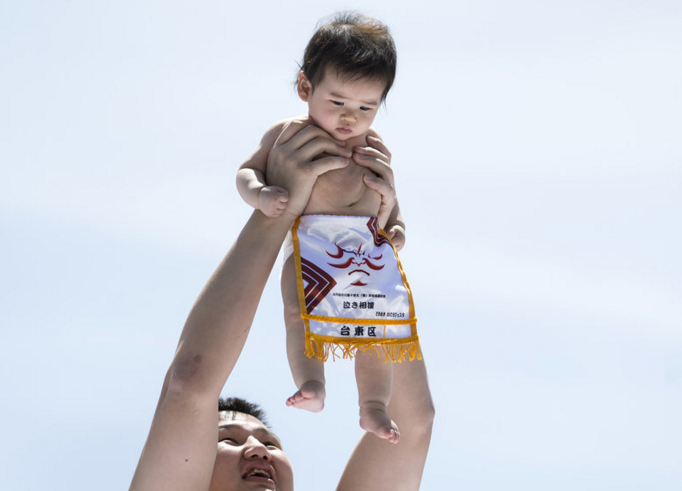
1.Why did Japan try to increase its birth rate?
A Japan faced the problem of aging population.
B Japan had the smallest number of new babies.
C Japan once owned a population of 126 million.
D Japan didn’t change the absolute number of birth.
解析:选A。细节理解题。根据文章第一段第一句hoping that it could help with the rapidly aging population可以得知日本鼓励人口出生是因为其面临老龄化问题,故选A。
2.What made Japanese women unwilling to have babies?
A They didn’t like to get married.
B They grew in a very good culture.
C They had large amounts of burden.
D They were tired of the housework.
解析:选C。推理判断题。根据文章第二段第二句namely the immense burden shouldered可以得知是因为日本女士面临的家庭和工作的压力让她们不想生孩子,故选C。
3.What is the number of people reduced in 2019?
A 536,000.
B 864,000.
C 900,000.
D 1, 400,000.
解析:选A。细节理解题。根据文章第三段第二句Japan had its highest numbers of deaths this year since the end of World War II: nearly 1.4 million可以得知2019去世的人口为1.4 million,结合第一段的出生人口为864,000;据此可以得知2019年下降的人口为536,000,故选A。
4.How would Japan solve the problem of labor force shortage?
A They make old people work for long hours.
B They permit foreigners to work in Japan.
C They encourage Japanese to have babies.
D They would give prizes to Japanese women.
解析:选B。推理判断题。根据文章最后一段最后一句Japan, hoping to counter a labor force shortage, is taking small steps to allow foreigners to at least work in the country.可以得知为了解决劳动力缺乏的问题,日本允许外国人在日本工作,故选B。